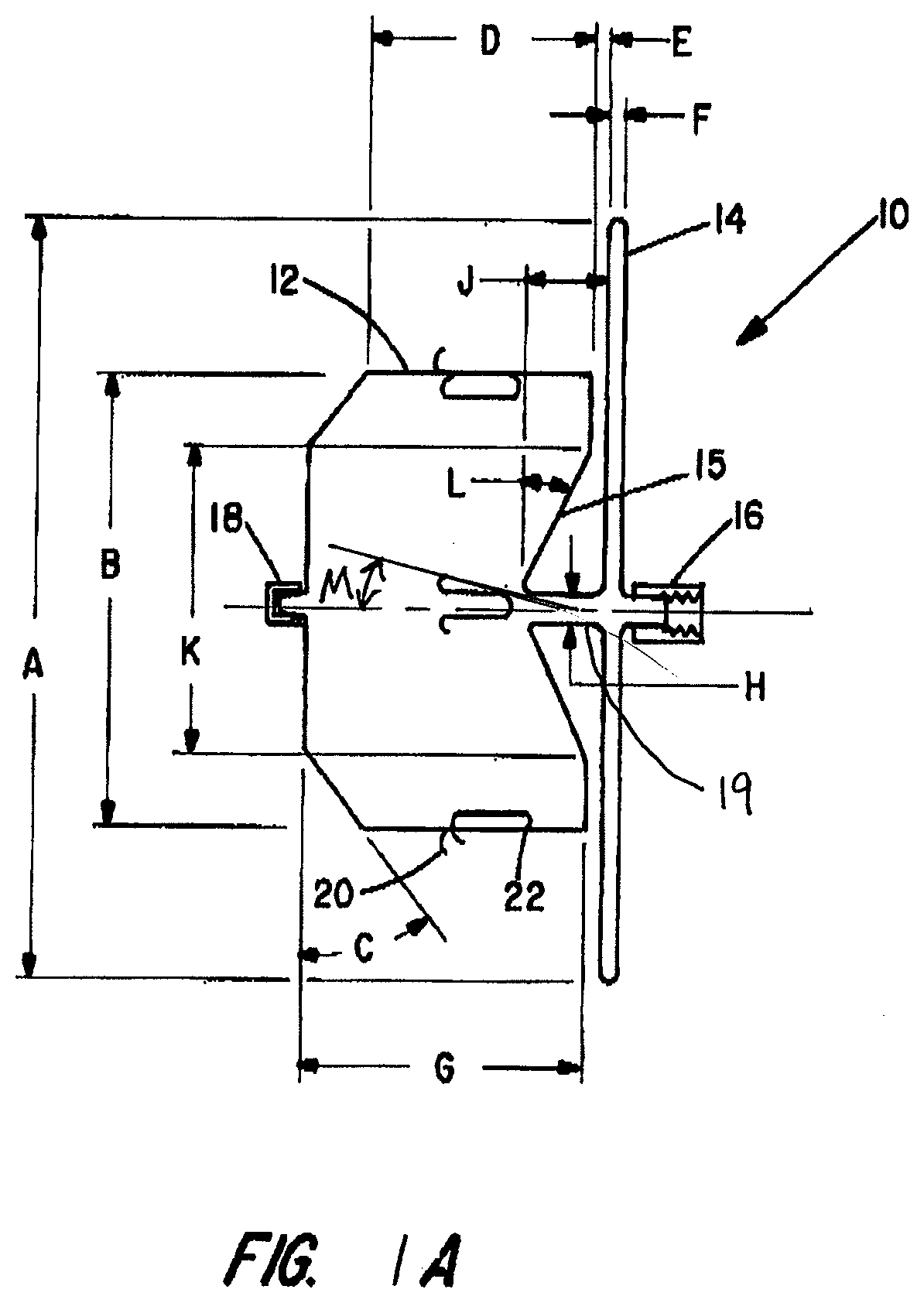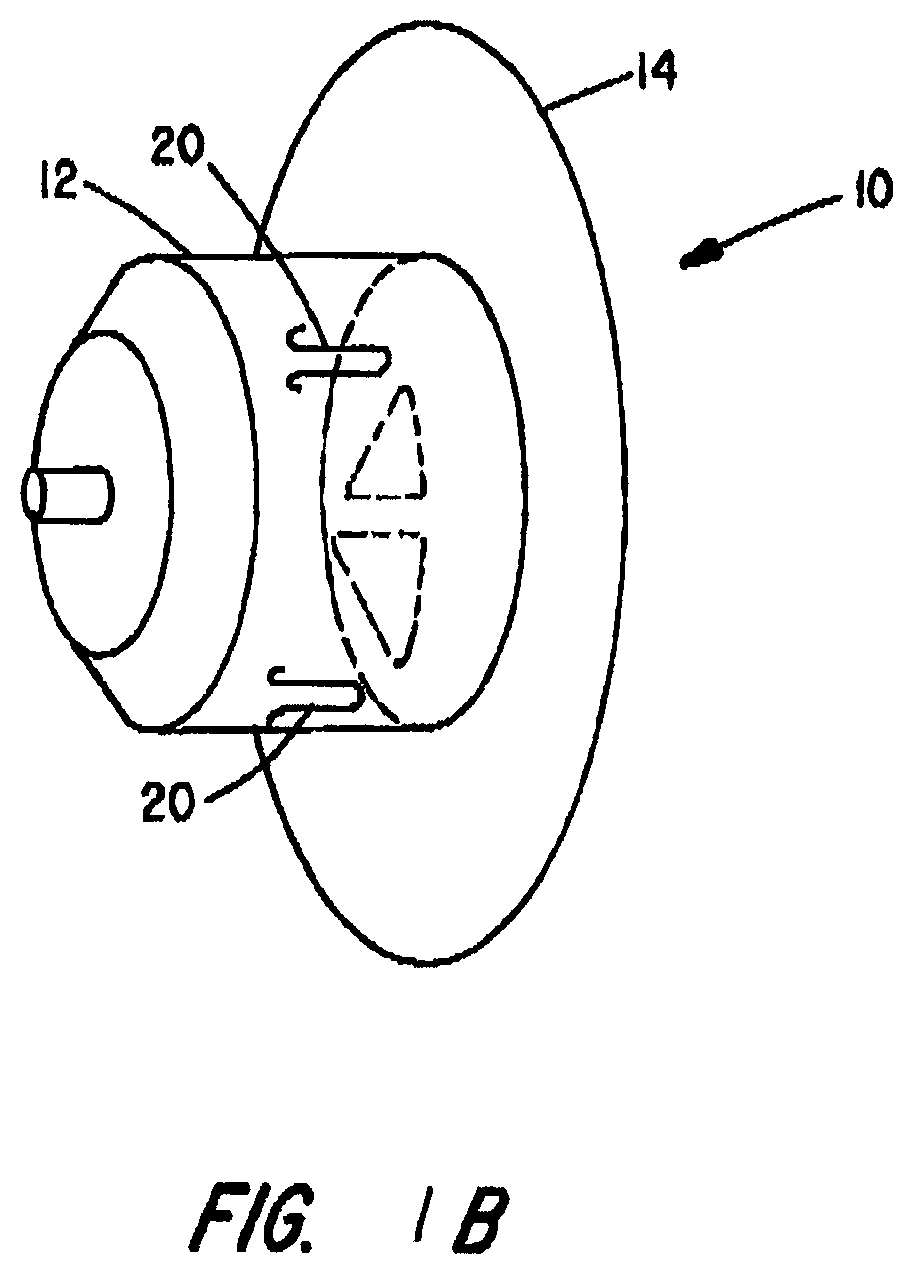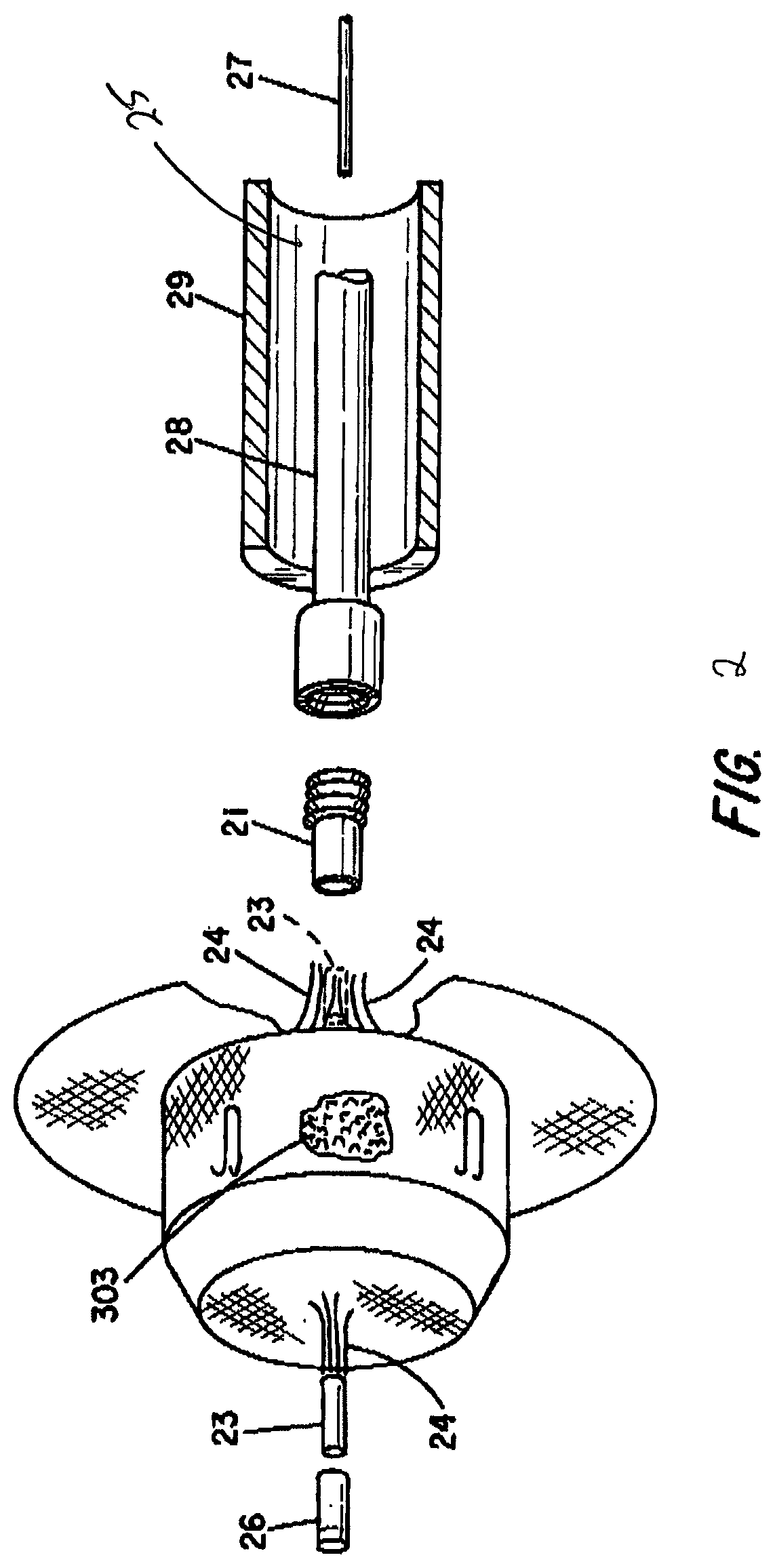Percutaneous catheter directed intravascular occlusion devices
a catheter directed, intravascular technology, applied in the field of intravascular devices, can solve the problems of shunt, shunt, effusion, low complications, etc., and achieve the effect of reducing the likelihood of injuring the tissue when delivering the device, facilitating placement and implanting, and delivering faster
- Summary
- Abstract
- Description
- Claims
- Application Information
AI Technical Summary
Benefits of technology
Problems solved by technology
Method used
Image
Examples
Embodiment Construction
[0028]The present invention now will be described more fully hereinafter with reference to the accompanying drawings, in which some, but not all embodiments of the invention are shown. Indeed, this invention may be embodied in many different forms and should not be construed as limited to the embodiments set forth herein; rather, these embodiments are provided so that this disclosure will satisfy applicable legal requirements. Like numbers refer to like elements throughout.
[0029]Embodiments of the present invention may provide an improved percutaneous catheter directed intravascular occlusion device 10 for use in the vasculature in patients' bodies, such as blood vessels, channels, lumens, a hole through tissue, cavities, and the like. Other physiologic conditions in the body occur where it is also desirous to occlude a vessel or other passageway to prevent blood flow into or therethrough. These device embodiments may be used anywhere in the vasculature where the anatomical conditio...
PUM
 Login to View More
Login to View More Abstract
Description
Claims
Application Information
 Login to View More
Login to View More - R&D
- Intellectual Property
- Life Sciences
- Materials
- Tech Scout
- Unparalleled Data Quality
- Higher Quality Content
- 60% Fewer Hallucinations
Browse by: Latest US Patents, China's latest patents, Technical Efficacy Thesaurus, Application Domain, Technology Topic, Popular Technical Reports.
© 2025 PatSnap. All rights reserved.Legal|Privacy policy|Modern Slavery Act Transparency Statement|Sitemap|About US| Contact US: help@patsnap.com



